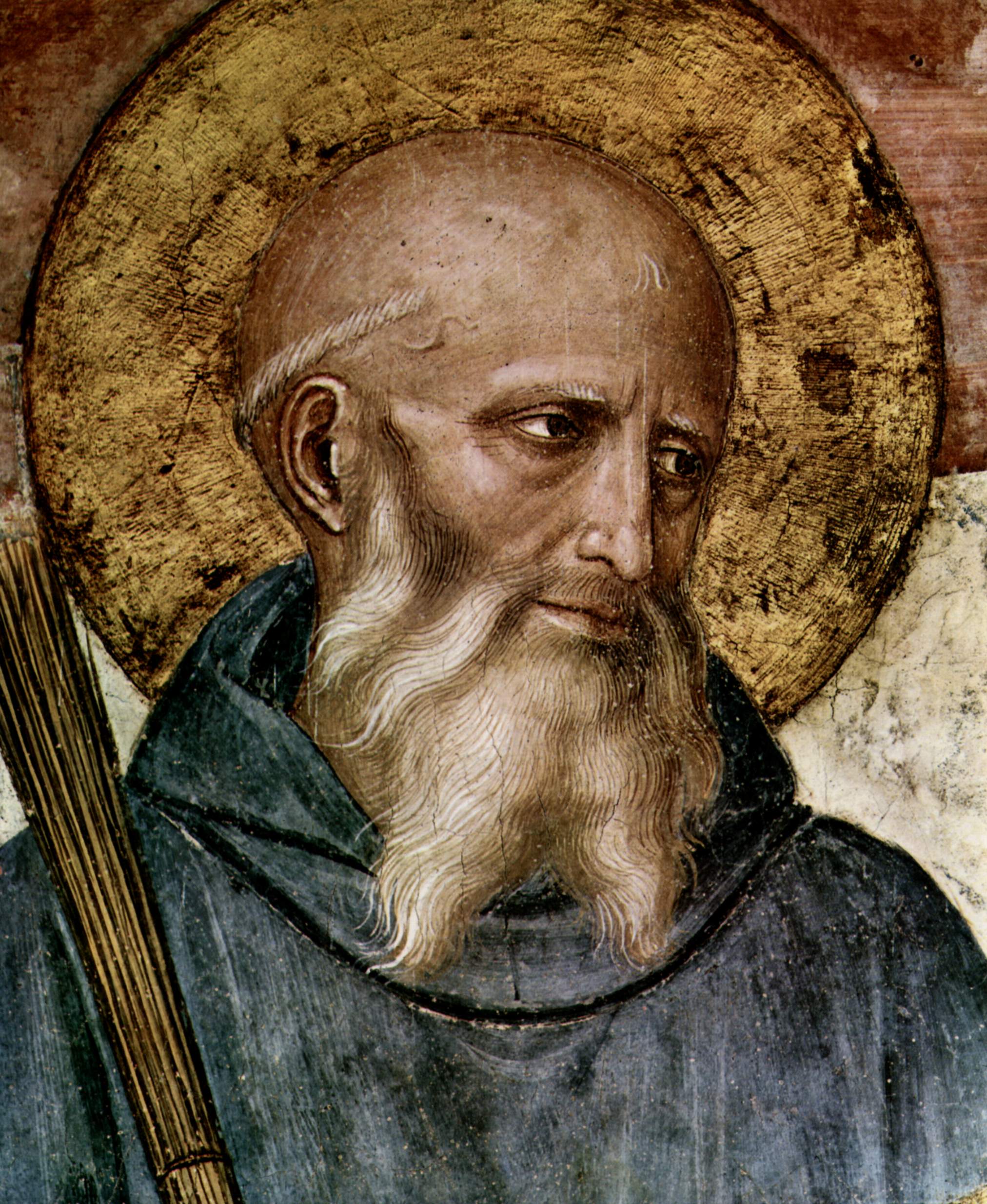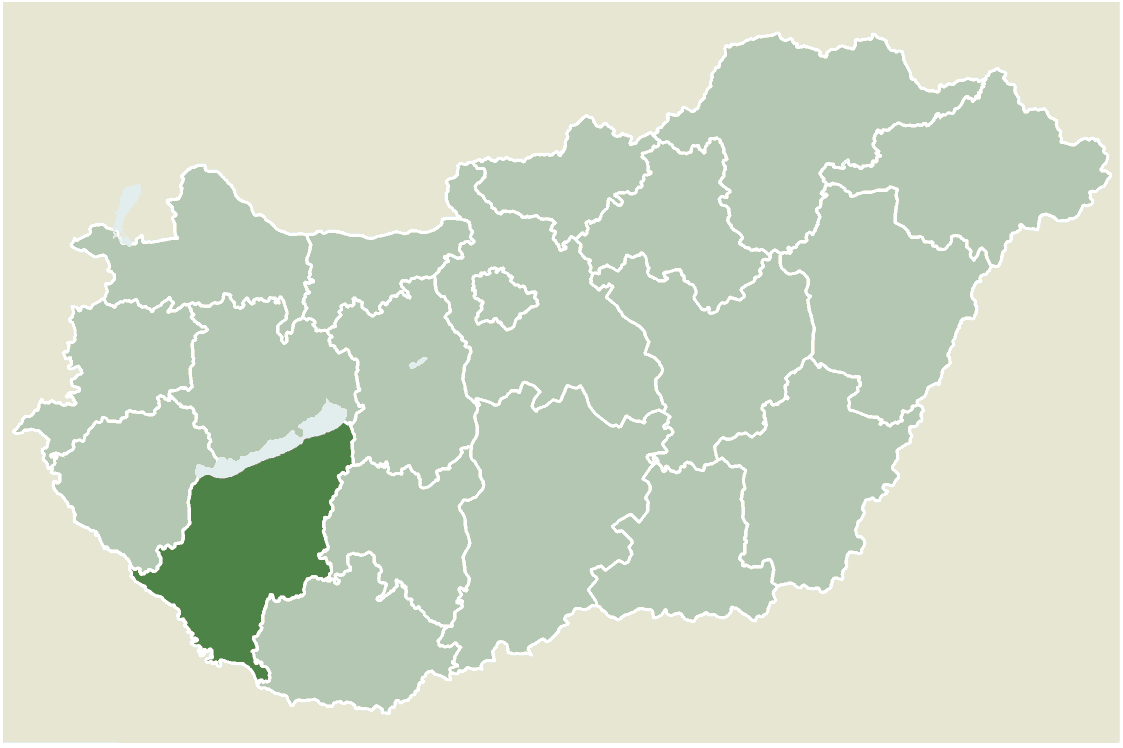|
Bárdudvarnok
Bárdudvarnok ( hr, Siroslavec) is a village in Somogy county, Hungary. It is located in the Zselic. The village of Szenna is very close to Bárdudvarnok. From the city of Kaposvár there are two ways to go to Bárdudvarnok. Tourism, sports Tourists can find a Scandinavian-style wooden Benedictine monastery, Goszthonyi Halls and János Somogyi's private arboretum here. There are some sports opportunities including an Archery Ranch here. Honorary citizen of Bárdudvarnok Róbert Cey-Bert Róbert Gyula Cey-Bert (born July 5, 1938) is a Hungarian writer, psychosociologist, and food historian. Early years, studies Childhood, studies in Kaposvár Cey-Bert was born in Bárdudvarnok, Hungary on 5 July 1938. His ancestors were ..., a native of Bárdudvarnok, was awarded the Knight's Cross of the Hungarian Order of Merit, the ''Pro Comitatu Somogy Award'' and many other honours and awards, as well as the title of ''Honorary Citizen of Bárdudvarnok''. External links ... [...More Info...] [...Related Items...] OR: [Wikipedia] [Google] [Baidu] |
Róbert Cey-Bert
Róbert Gyula Cey-Bert (born July 5, 1938) is a Hungarian writer, psychosociologist, and food historian. Early years, studies Childhood, studies in Kaposvár Cey-Bert was born in Bárdudvarnok, Hungary on 5 July 1938. His ancestors were water millers in South Somogy for centuries; they included the areas of Barcs, Babócsa, Vízvár, Csurgó, Rinyaszentkirály and Lábod. His father, Géza Czeibert, was the last mill owner of the centuries-old miller dynasty, the mill was nationalised and closed down by the communist regime in 1949. After graduating from the Central Primary School in Kaposvár, he started his secondary school studies at the Táncsics Mihály gimnázium. As a high school student, he studied literature and history far beyond what was expected in the curriculum, and played a lot of sports, especially athletics and football. 1956, Austria, Switzerland On the news of the outbreak of the 1956 revolution, he travelled to Budapest on 25 October 1956, where he ... [...More Info...] [...Related Items...] OR: [Wikipedia] [Google] [Baidu] |
Somogy County
Somogy ( hu, Somogy megye, ; hr, Šomođska županija; sl, Šomodska županija, german: Komitat Schomodei) is an administrative county (comitatus or ''megye'') in present Hungary, and also in the former Kingdom of Hungary. Somogy County lies in south-western Hungary, on the border with Croatia (Koprivnica-Križevci County and Virovitica-Podravina County). It stretches between the river Dráva and the southern shore of Lake Balaton. It shares borders with the Hungarian counties of Zala, Veszprém, Fejér, Tolna, and Baranya. It is the most sparsely populated county in Hungary. The capital of Somogy County is Kaposvár. Its area is 6,036 km2. History Somogy was also the name of a historic administrative county (comitatus) of the Kingdom of Hungary. Its territory, which was slightly larger than that of present Somogy County, is now in south-western Hungary. The capital of the county was and still is Kaposvár. Demographics In 2015, it had a population of 312,084 ... [...More Info...] [...Related Items...] OR: [Wikipedia] [Google] [Baidu] |
Kaposvár District
Kaposvár ( hu, Kaposvári járás) is a district in the central-eastern part of Somogy County. ''Kaposvár'' is also the name of the town where the district and county seat is found. The district is located in the Southern Transdanubia Statistical Region. Geography Kaposvár District borders with Fonyód District and Tab District to the north, Dombóvár District ''(Tolna County)'' and Hegyhát District ''(Baranya County)'' to the east, Szigetvár District ''(Baranya County)'' and Barcs District Barcs ( hu, Barcsi járás) is a district in southern part of Somogy County. '' Barcs'' is also the name of the town where the district seat is found. The district is located in the Southern Transdanubia Statistical Region. Geography Barcs D ... to the south, Nagyatád District and Marcali District to the west. The number of the inhabited places in Kaposvár District is 78. Municipalities The district has 1 urban county, 3 towns and 74 villages. (ordered by population, ... [...More Info...] [...Related Items...] OR: [Wikipedia] [Google] [Baidu] |
Central European Time
Central European Time (CET) is a standard time which is 1 hour ahead of Coordinated Universal Time (UTC). The time offset from UTC can be written as UTC+01:00. It is used in most parts of Europe and in a few North African countries. CET is also known as Middle European Time (MET, German: MEZ) and by colloquial names such as Amsterdam Time, Berlin Time, Brussels Time, Madrid Time, Paris Time, Rome Time, Warsaw Time or even Romance Standard Time (RST). The 15th meridian east is the central axis for UTC+01:00 in the world system of time zones. As of 2011, all member states of the European Union observe summer time (daylight saving time), from the last Sunday in March to the last Sunday in October. States within the CET area switch to Central European Summer Time (CEST, UTC+02:00) for the summer. In Africa, UTC+01:00 is called West Africa Time (WAT), where it is used by several countries, year round. Algeria, Morocco, and Tunisia also refer to it as ''Central E ... [...More Info...] [...Related Items...] OR: [Wikipedia] [Google] [Baidu] |
László Szászfalvi
László Szászfalvi (born 11 January 1961) is a Hungarian Calvinist pastor, theologian and politician, Member of Parliament for Marcali from 1998 to 2014, then for Barcs since 2014. He served as Secretary of State for Churches, Minorities and Civil Affairs between 2010 and 2012. He also served as mayor of Csurgó from 1990 to 2003 and from 2006 to 2010. References 1961 births Living people Hungarian Calvinist and Reformed theologians Hungarian Democratic Forum politicians Fidesz politicians Members of the National Assembly of Hungary (1998–2002) Members of the National Assembly of Hungary (2002–2006) Members of the National Assembly of Hungary (2006–2010) Members of the National Assembly of Hungary (2010–2014) Members of the National Assembly of Hungary (2014–2018) Members of the National Assembly of Hungary (2018–2022) Members of the National Assembly of Hungary (2022–2026) People from Makó Mayors of places in Hungary {{Hungary-reli- ... [...More Info...] [...Related Items...] OR: [Wikipedia] [Google] [Baidu] |
János Somogyi's Private Arboretum
János or Janos may refer to: * János, male Hungarian given name, a variant of John Places * Janos Municipality, a municipality of Chihuahua ** Janos, Chihuahua, town in Mexico ** Janos Biosphere Reserve, a nature reserve in Chihuahua * Janos Trail, trade route from New Mexico to Janos People * James Janos (born 1951), legal birth name of Jesse Ventura * János Aczél (mathematician) (1924–2020), Hungarian-Canadian mathematician * János Adorján (1938–1995), former Hungarian handball player * János Aknai (1908–1992), Hungarian footballer * János Arany (1817–1882), Hungarian writer, poet * János Balogh (biologist) (1913–2002), Hungarian zoologist, ecologist, and professor * János Balogh (chess player) (1892–1980), Hungarian–Romanian chess master * János Balogh (footballer) (born 1982), Hungarian football goalkeeper * Janos Bardi (1923–1990) * János Bartl (1878–1958), magic supply dealer * János Batsányi (1763–1845), Hungarian poet * János Bédl (19 ... [...More Info...] [...Related Items...] OR: [Wikipedia] [Google] [Baidu] |
Benedictine Monastery
, image = Medalla San Benito.PNG , caption = Design on the obverse side of the Saint Benedict Medal , abbreviation = OSB , formation = , motto = (English: 'Pray and Work') , founder = Benedict of Nursia , founding_location = Subiaco Abbey , type = Catholic religious order , headquarters = Sant'Anselmo all'Aventino , num_members = 6,802 (3,419 priests) as of 2020 , leader_title = Abbot Primate , leader_name = Gregory Polan, OSB , main_organ = Benedictine Confederation , parent_organization = Catholic Church , website = The Benedictines, officially the Order of Saint Benedict ( la, Ordo Sancti Benedicti, abbreviated as OSB), are a monastic religious order of the Catholic Church following the Rule of Saint Benedict. They are also sometimes called the Black Monks, in reference to the colour of their religious habits. They wer ... [...More Info...] [...Related Items...] OR: [Wikipedia] [Google] [Baidu] |
Kaposvár
Kaposvár (; also known by other alternative names) is a city with county rights in the southwestern part of Hungary, south of Lake Balaton. It is one of the leading cities of Transdanubia, the capital of Somogy County, and the seat of the Kaposvár District and the Roman Catholic Diocese of Kaposvár. Etymology and names The name ''Kaposvár'' is derived from the Hungarian words ''kapu'' (gate) and ''vár'' (castle). Variants of the city's name include ''Ruppertsburg'' / ''Ruppertsberg'' / ''Kopisch'' (German), ''Kapoşvar'' (Turkish), ''Rupertgrad'' ( Slovene), and ''Kapošvar'' (Croatian). Symbols The shield of Kaposvár features a castle with a rounded arch port surmounted by three battlements with loopholes on a hill of green grass. The flag of Kaposvár consists of the coat of arms placed over a yellow background. Geography Kaposvár is surrounded by the hills of the outer Somogy area around the Kapos river and the forests of Zselic. It lies southwest of Budape ... [...More Info...] [...Related Items...] OR: [Wikipedia] [Google] [Baidu] |
Szenna
Szenna is a village in Somogy county, Hungary. It is famous for the ''Szenna Open Air Museum'' (''Szenna Skanzen''), which won the Europa Nostra award in 1982. Etymology The name of the village derives from the South Slavic word ''сено'' ( hu, széna, en, hay). Geography Szenna lies in the Zselic National Landscape Protection Area, 8 km southwest of Kaposvár, in the middle of the ''Zselic Hill Range''. History Szenna was first mentioned in the 16th century as ''Zana'' and ''Zenna'' in official documents as the possession of the ''Castle of Kaposvár''. During the Turkish occupation most of its residents died or flew. According to the 1687 records it had only 1-6 houses. According to ''László Szita'' the settlement was completely Hungarian in the 18th century. The village came into the hands of the Esterházy family in 1715. During the Reformation the population converted first to Lutheranism than to Calvinism. Their first church was built in the 17th century. In ... [...More Info...] [...Related Items...] OR: [Wikipedia] [Google] [Baidu] |
Hungary
Hungary ( hu, Magyarország ) is a landlocked country in Central Europe. Spanning of the Carpathian Basin, it is bordered by Slovakia to the north, Ukraine to the northeast, Romania to the east and southeast, Serbia to the south, Croatia and Slovenia to the southwest, and Austria to the west. Hungary has a population of nearly 9 million, mostly ethnic Hungarians and a significant Romani minority. Hungarian, the official language, is the world's most widely spoken Uralic language and among the few non- Indo-European languages widely spoken in Europe. Budapest is the country's capital and largest city; other major urban areas include Debrecen, Szeged, Miskolc, Pécs, and Győr. The territory of present-day Hungary has for centuries been a crossroads for various peoples, including Celts, Romans, Germanic tribes, Huns, West Slavs and the Avars. The foundation of the Hungarian state was established in the late 9th century AD with the conquest of the Carpat ... [...More Info...] [...Related Items...] OR: [Wikipedia] [Google] [Baidu] |


